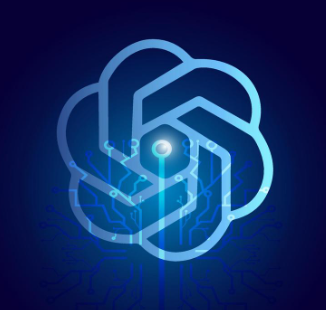Tips and Reflections on ChatGPT AI in Educational Applications
-

ChatGPT has many techniques and considerations in educational applications. Here are some key points that illustrate how to leverage ChatGPT's potential to improve the educational experience:
Personalized Learning: ChatGPT can provide personalized learning support based on students' needs and abilities. Through conversational interactions with students, ChatGPT can understand their learning styles, interests, and challenges, and offer tailored learning materials, answer questions, and provide guidance accordingly. This helps stimulate students' interest and enhances learning outcomes.
Supporting Teacher Role: ChatGPT can act as a teaching assistant, offering help and support during the teaching process. It can answer students' questions, explain concepts, and provide examples. Through interaction with ChatGPT, students can receive real-time feedback and solutions, helping them better understand and master knowledge.
As a Learning Resource Generator: ChatGPT can generate learning resources based on students' needs and requirements, such as exercises, explanations, and case studies. Students can obtain the necessary learning materials by interacting with ChatGPT, providing a convenient way to access personalized learning resources.
Creative Thinking and Problem Solving: ChatGPT can stimulate students' creative thinking and problem-solving abilities. By engaging in conversations with ChatGPT, students can ask questions, discuss viewpoints, and gain inspiration. ChatGPT can provide new ideas, creative approaches, and solutions, helping students develop innovative thinking and problem-solving skills.
Language Learning and Writing Support: ChatGPT can be used for language learning and writing support. Students can improve their language expression, learn grammar and vocabulary, and receive writing suggestions and editing guidance through interactions with ChatGPT. ChatGPT can correct grammatical errors, offer vocabulary substitution recommendations, and help students enhance their writing skills.
Providing real-time feedback and evaluation: ChatGPT can provide real-time feedback and evaluation, helping students understand their learning progress and weaknesses. By interacting with ChatGPT, students can test their knowledge, answer questions, and receive immediate feedback on correct answers and improvement suggestions.
When utilizing ChatGPT for educational applications, the following considerations should be taken into account:
It is necessary to ensure that the content generated by ChatGPT is accurate, reliable, and aligns with educational goals and values. Since ChatGPT is trained on vast amounts of data, there may be instances of misleading or incorrect information. Educators need to screen and verify the generated content.
Student privacy and data security are important considerations. When using ChatGPT, it is necessary to ensure that students' personal information and learning data are properly protected, and to comply with relevant privacy policies and regulations.
ChatGPT is only an auxiliary tool in the educational process, and the role of teachers remains crucial. Teachers should play a guiding and supervisory role when using ChatGPT to ensure that students correctly understand and apply the information they obtain.
In summary, ChatGPT has many techniques and methodologies in educational applications. It can be used for personalized learning, assisting teachers, generating learning resources, fostering creative thinking and problem-solving, supporting language learning and writing, and providing real-time feedback and evaluation. However, caution is necessary when using ChatGPT to ensure content accuracy and reliability, protect student privacy and data security, and maintain its role as an auxiliary tool in education. Teachers still play a crucial guiding and supervisory role. By fully leveraging ChatGPT's potential, educators can offer more personalized and interactive learning experiences, helping students better understand and master knowledge.
